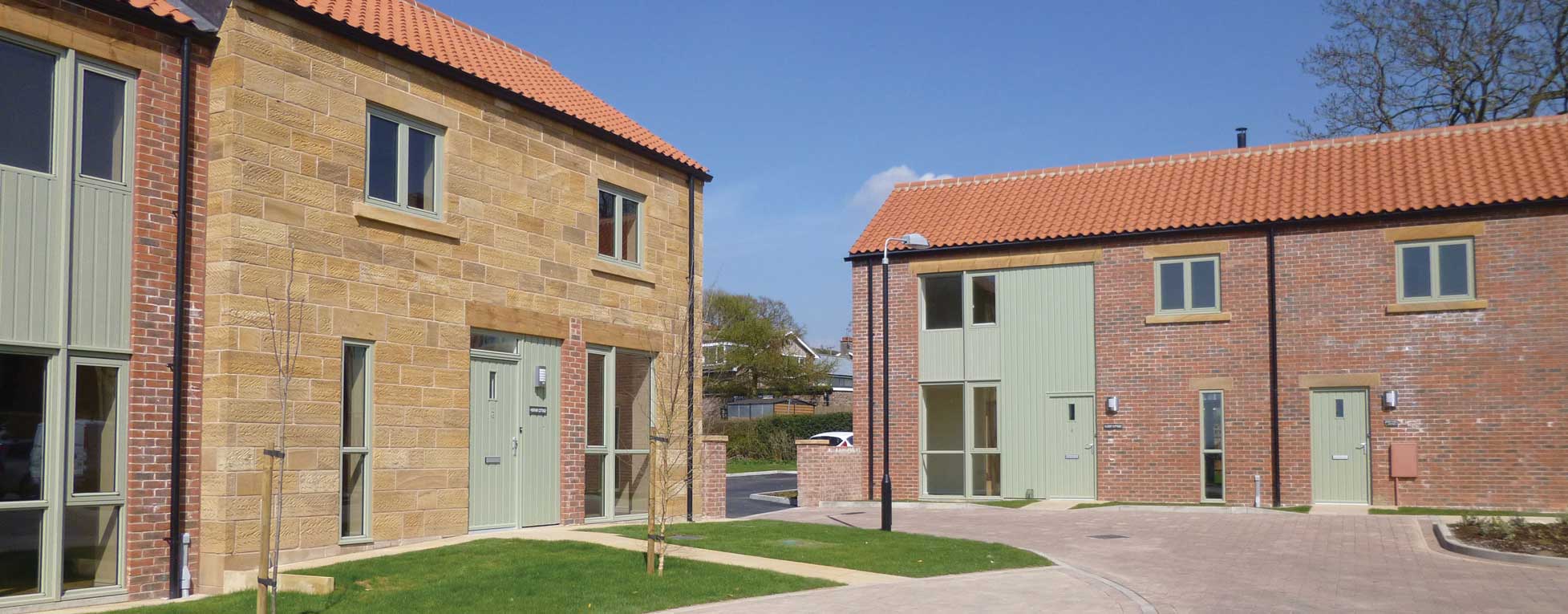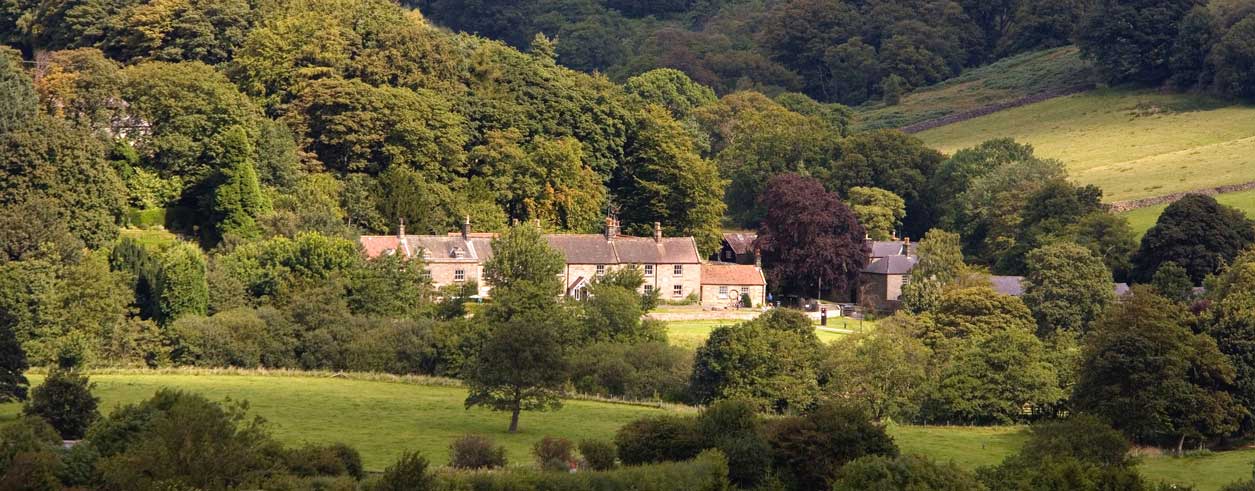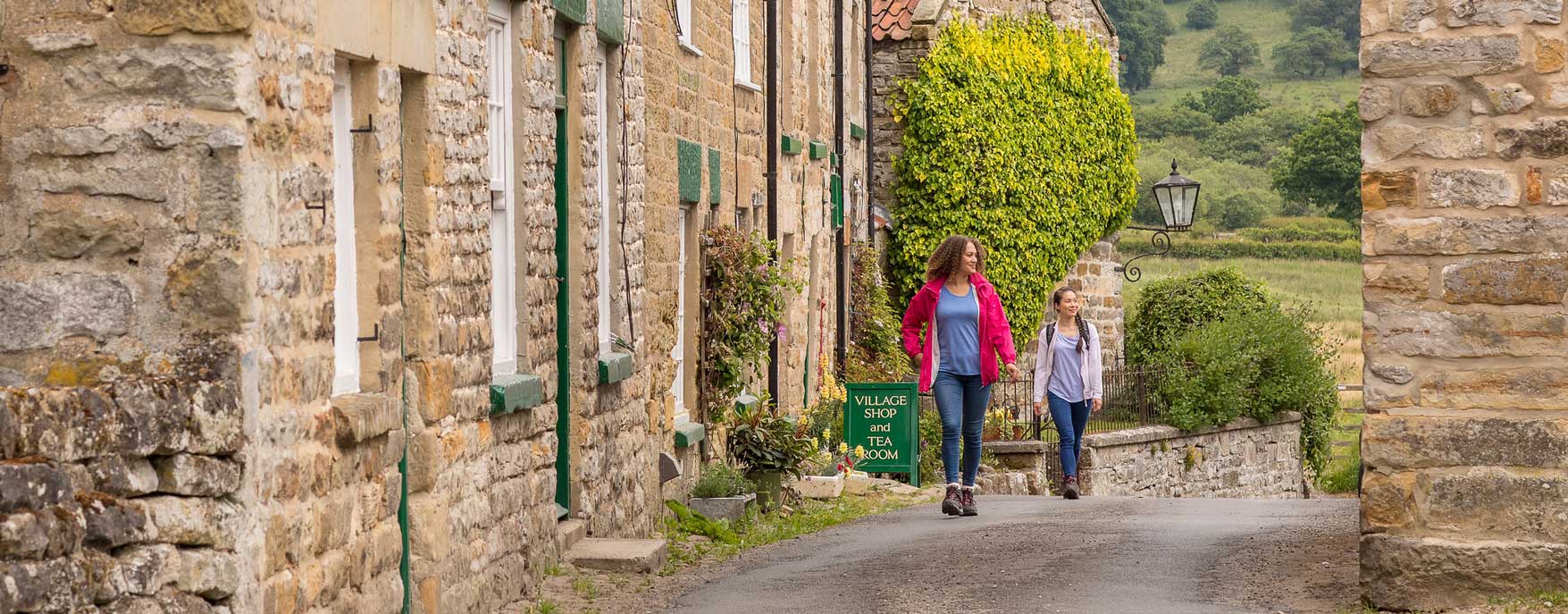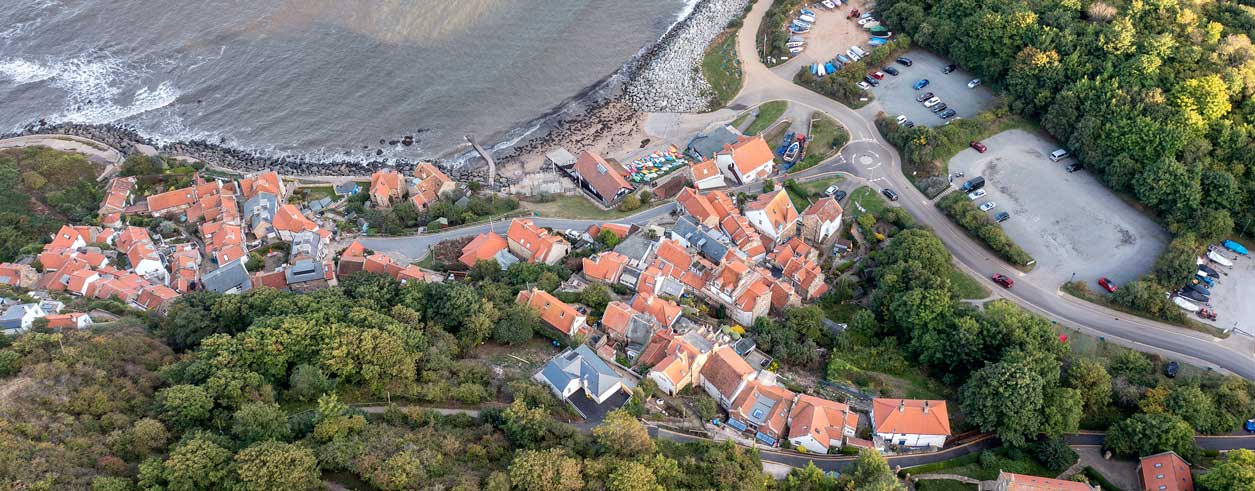 A place of great beauty where local communities thrive
A place of great beauty where local communities thrive
Objective 21
Increase the delivery of affordable housing above

Objective 22
Work to establish the North York Moors National Park as a leader in low-cost, low-carbon, housing design through the development of at least one new-build exemplar scheme; and promote the deployment of sustainable materials and responsible retrofitting measures in historic buildings to secure their long-term future.

Objective 23
Enable resilient communities where residents can meet their basic needs, by identifying any existing gaps in provision and developing community hubs to service a wider catchment or areas where services can be shared.

Objective 24
Facilitate local solutions to ensure superfast broadband and/or mobile phone coverage is available to 100 percent of households in the National Park by 2030.

Why do we want to work towards this outcome?
The latest set of mid-year population estimates by the Office for National Statistics show that population levels in the National Park are in decline. Numbers in 2020 were down by around 3.8 percent since 2001, although the year 2019 to 2020 showed a small increase.
The age structure of the National Park population is also changing, with significant increases in the number of older people in recent years. In 2020, 41 percent of the National Park’s population was aged 60 or more, compared to 32 percent for North Yorkshire and 24 percent for England and Wales. It is the younger ‘missing generation’[12] who are most affected by some of the key challenges facing the National Park, such as climate change, low paid jobs and housing affordability.
The average house price in the National Park in 2021 was around £297,000, meaning that someone with a ten percent deposit would need an income of £67,000 to £76,000 to buy.[13] Research undertaken in 2016 also revealed that a third of all household incomes were less than £20,000, meaning that affordable rental homes are essential for many residents on lower incomes.
"With an ageing population, we do need to think hard as to how we can enable younger generations to stay around - to be able to afford to live and work here and to want to.”
Comment made during the spring 2021 engagement exercise for this Management Plan.
The historic environment is particularly vulnerable to environmental change and with climate change forming a key part of this Plan, there is a need to develop adaption measures to create building resilience. The majority of the building stock within the North York Moors is made up of traditional buildings of solid wall construction. Traditional construction differs significantly from modern construction, as they are made from different materials, construction methods and design and as such perform differently. A responsible and well understood approach to retrofitting is required if we are to ensure the long-term future of these buildings. Responsible retrofitting is an opportunity to not only improve energy efficiency, but also improve the comfort and health of a building’s occupants.
"It’s lovely to be back living in the village and the area where I grew up, where my family live and where I work, and to know there are schemes like this which enable young professionals like us to remain in our communities without it costing the earth."
Occupier of a new affordable home at Osmotherley, quoted in Hambleton Today.
There has also been a decline in local services in recent years, most notably banks and post offices, but also pubs, shops and schools. Whilst many services are now being delivered online, not everyone has access to or wishes to use broadband or mobile phone connections, and there remain significant areas of the National Park without coverage. After current roll-out programmes end in 2023, around ten percent of homes in the National Park will still be without superfast broadband.
